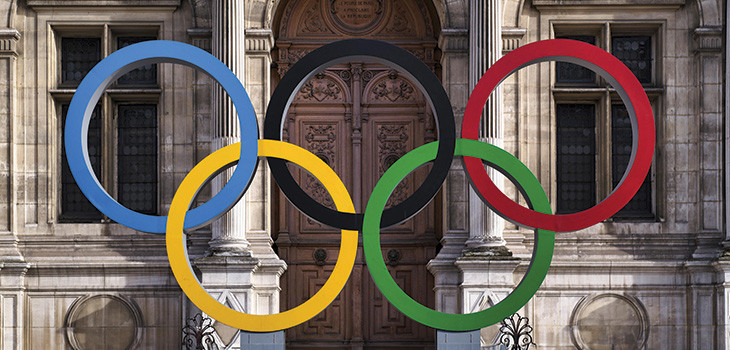
As nearly all NLJ readers will be aware, the Olympic Games were opened on 26 July. The Games in Paris are their 33rd iteration, in which 329 events in 32 sports have taken place. It is a global event par excellence.
The organisation (and indeed the cost) of the Olympics is on the most gigantic scale. The more interesting aspects of the Games are the intellectual property of the Olympic movement, the origins of it, and the zealousness with which those rights are protected.
The rings
The famous interlocking rings emblem of the Olympic Games was created in 1913 by Pierre de Coubertin (1863-1937), the co-founder of the International Olympic Committee (the IOC). It is a masterpiece of restrained simplicity, much like the Japanese national flag or the Mastercard logo. The five rings were intended to represent the five inhabited continents of the world, and the colours of those rings were intended to reproduce the colours contained






.tmb-mov69x69.jpg?sfvrsn=b21f1aaf_1)
.tmb-mov69x69.jpg?sfvrsn=754d0e82_1)

